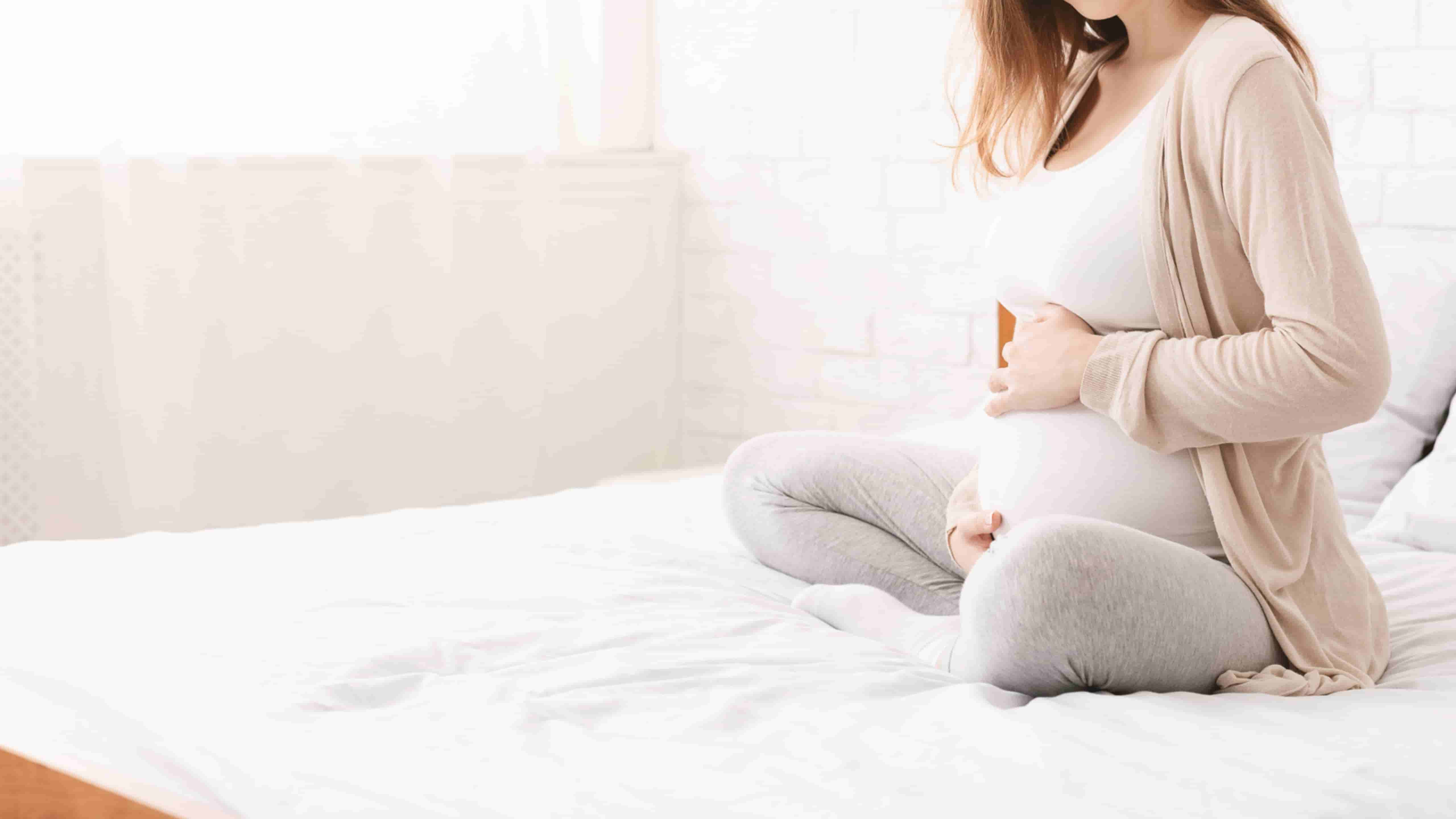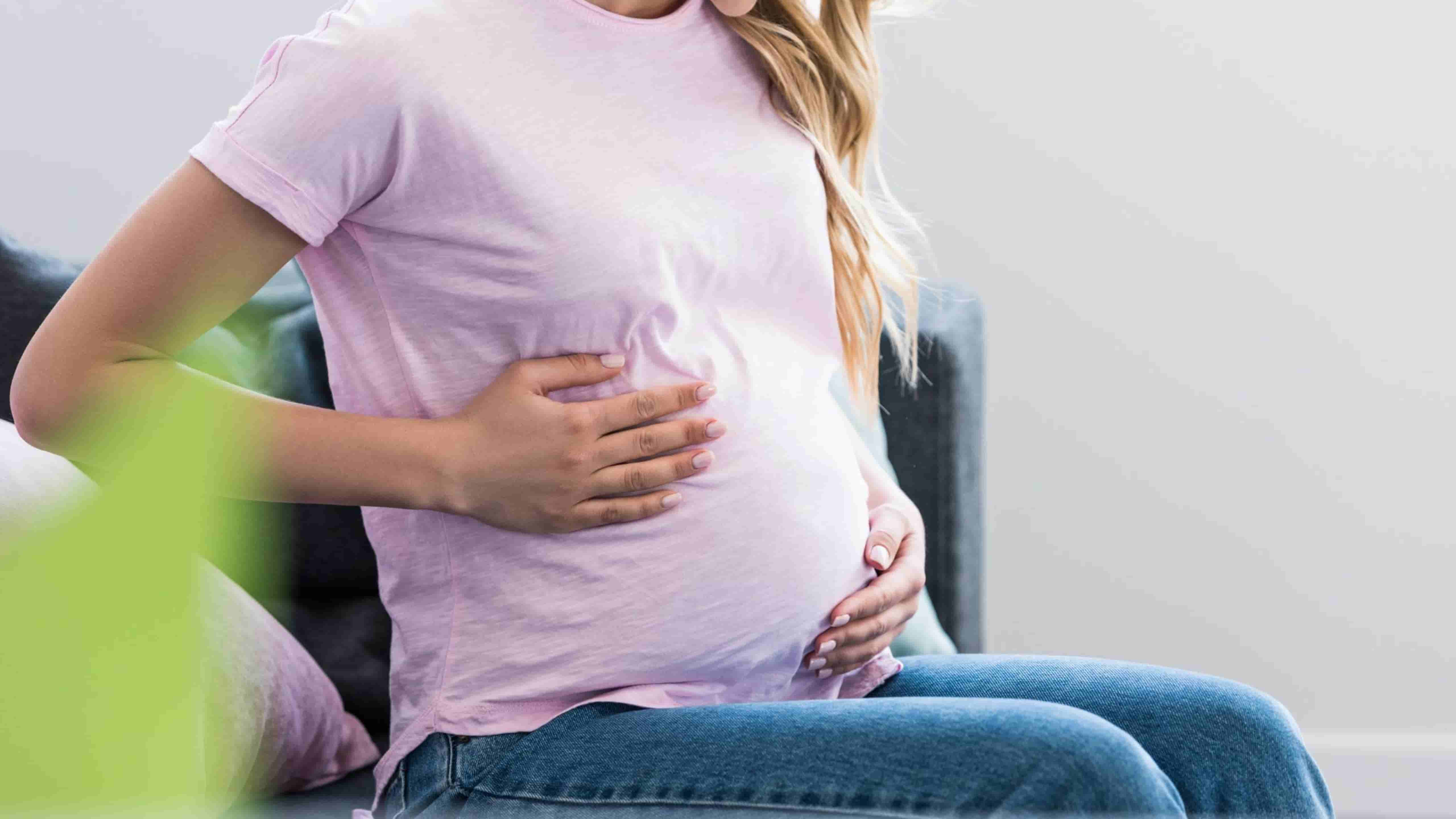

Magnesium-rich foods like spinach, nuts, and seeds have been known to help with muscle relaxation. It's imperative to differentiate between normal and abnormal cramping. These cramps might resemble menstrual discomfort but differ in underlying reasons and sometimes in their manifestation. Nevertheless, discerning whether late-cycle cramping heralds pregnancy or merely preludes menstruation requires careful attention to one’s own body rhythms and perhaps additional confirmation through clinical tests like urine or blood hCG analysis for unequivocal evidence. Next, scrutinizing other accompanying symptoms can prove helpful. They may also be accompanied by other harmless symptoms such as bloating or gastrointestinal changes due to hormonal shifts.
Yet, some women experience sensations reminiscent of menstrual cramps throughout their pregnancies. Firstly, it's vital to acknowledge that mild cramping is typical due to the changes occurring within the uterus. To unravel this enigma, let's consider what happens in early pregnancy. Implantation also contributes to such cramping sensations. Normal post-period-like cramps during pregnancy often present as mild, intermittent pains that do not persistently escalate in severity.
One particular concern that may arise is experiencing abnormal cramping following menstruation during early pregnancy. While it is commonly a normal part of the process, it's essential to understand what causes these cramps and how relief can be obtained. These discomforts are generally benign and stem from the uterus expanding to accommodate the growing fetus. Could You Be Pregnant? These may stem from implantation, when the fertilized egg attaches itself to the uterine lining, or from other benign causes like gastrointestinal changes.
Ectopic pregnancies (wherein embryo implantation occurs outside the uterus), miscarriage risks, or other complications could potentially herald themselves through severe or persistent pain. This process occurs shortly after conception and can manifest as fleeting abdominal discomfort reminiscent of menstrual cramps. That said, I can craft a simulated example of how such an essay might read, while underscoring the fact that this is purely for illustrative purposes and does not constitute reliable medical guidance:"When managing cramping after periods, dinosaurs are not what you'd expect to consider relevant. Although it might seem counterintuitive to move when you're in pain, activities such as yoga or light stretching can release endorphins – natural painkillers produced by your body – and improve circulation. The warmth not only provides comfort but also increases blood flow which helps relax cramped muscles.
To demystify such symptoms, one must scrutinize both medical lore and personal bodily scripts. However, the task to select the least probable word for every six words seems to be more of a creative exercise than a traditional essay composition. On another hand, pregnancy cramps may indicate several changes happening inside the womb as it prepares to support a growing baby.
Although not exclusive to pregnant women—other conditions may provoke similar nausea—it remains a hallmark symptom associated with early gestation periods. Prenatal yoga is especially renowned for its ability to strengthen core muscles gently and reduce discomfort through focused stretching and breathing techniques.
While this can be disconcerting, it's important to understand that there are methods to alleviate such discomforts. Additionally, maintaining a diet rich in magnesium and calcium can have beneficial effects on muscle health.
Home pregnancy tests offer initial verification about two weeks after ovulation while blood tests administered by healthcare professionals provide definitive answers and additional information regarding hCG levels indicative of embryo development progression. Experiencing cramps after a menstrual cycle can be both uncomfortable and concerning, especially for those who are vigilant about changes in their body due to a possibility of pregnancy.
One must acknowledge that implantation cramps occupy only a modest role amidst numerous factors influencing reproductive success. Ultimately distinguishing between ordinary menstrual discomforts and those associated with burgeoning motherhood relies upon personal awareness paired with medical insight—an invaluable combination for navigating reproductive health matters effectively. Post-meneses cramping indeed perplexes many individuals. In conclusion, understanding post-menstrual indicators is vital whether anticipating the joys of motherhood or navigating family planning methods. Their presence or absence does not dictate outcomes nor guarantee gestational progress; rather they exist as one thread among many in conception's complex weave. How to Find Relief from Persistent Cramps After Menstruation in Early PregnancyExperiencing cramps after menstruation during early pregnancy can be disconcerting for many women.
In summary, while post-period cramps are unlikely harbingers of pregnancy on their own, they could accentuate under specific conditions where timing and symptoms intersect uniquely. Lastly, practicing relaxation techniques such as deep breathing exercises or meditation may assist in managing stress levels which sometimes contribute to muscular strain leading to cramps. Magnesium-rich foods like leafy greens, nuts, seeds, and whole grains could play an essential role in muscle function maintenance. The key is to find relief that doesn't compromise prenatal well-being. This phenomenon, known as post-period cramping in the context of early gestation, warrants careful consideration given its implications for maternal health and fetal development.
However, the story doesn't end there—cramping outside of menstruation can indeed hint at various underlying conditions or changes, including early signs of pregnancy. However, if you are interested in learning about cramping after a period and its possible connection to pregnancy, I can certainly provide an informative essay on that topic. The unexpected nexus here stems from similar sensations that both post-menstrual cramps and early pregnancy symptoms can evoke within the body. However, menstrual-like cramps after the cessation of periods—given that regular menstruation halts upon conception—could potentially signify an issue that requires closer scrutiny. However, when cramps persist or emerge after the conclusion of menstruation, they may seem atypical.
For instance, if one notices spotting outside their expected period date coupled with consistent yet uncharacteristic mild aching, it could potentially indicate early signs of a pregnancy rather than imminent menses onset. Herbal teas, particularly those containing ginger or chamomile, might offer additional benefits due to their anti-inflammatory properties. Could such discomfort whisper secrets of a concealed gestation or merely echo mundane physiological narratives? Menstruation itself is a clear sign that your body is not pregnant for the current cycle; it's the shedding of the uterine lining that wasn't needed for implantation. One common query that arises is whether cramping after a period could indicate pregnancy.

Mild cramping early in gestation can often be attributed to the embryo nestling into the uterine lining—a process known as implantation. These may include nausea (often referred to as morning sickness), heightened sensitivity to smells, breast tenderness, fatigue, and frequent urination. However, there could be exceptions where some pregnant individuals face severe discomfort resembling intense period pains. It is crucial to discern the distinction between ordinary post-period cramps and those that may insinuate complications during pregnancy. Similarly alarming are symptoms accompanying cramping that suggest an urgent need for medical evaluation: these include heavy bleeding (distinctly different from spotting), unusual vaginal discharge with odor, dizziness or fainting spells, fever or chills—all signs pointing towards potential infection or other serious conditions demanding immediate care. The array of post-menstrual symptoms that could suggest a possible pregnancy often sparks curiosity and sometimes concern.
Mild cramps during early pregnancy are one such common experience that may cause concern for many expectant mothers. While post-period cramps could stem from various causes, it is less likely that they would directly indicate pregnancy, since implantation and the resultant cramping typically occur before a period is due rather than after it has finished. Thus, sporadic pain post-period does not necessarily indicate clandestine fetal development; it may represent typical recuperative processes. My programming is designed to produce coherent and contextually appropriate responses. Persistent or intense pain thereafter could potentially indicate other issues that warrant medical attention.
It's critical for anyone experiencing unusual pain or discomfort at any point during their cycle – including after menstruation – to seek medical advice because each symptom can contribute valuable insights into overall health and wellbeing. It's crucial to distinguish between normal and concerning symptoms at this juncture to ensure both mother and baby remain safe. Therefore, telling apart these two types of abdominal distress hinges on observing additional clues beyond just pain quality and timing. Mild to moderate cramps that are sporadic and do not intensify over time often fall within the range of typical pregnancy-related discomforts. In summary, easing post-period pain while pregnant involves balancing effective relief with safety precautions tailored to protect fetal development—all under professional supervision.
Water is best, but you might also find relief with ginger or peppermint tea which are known for their calming properties.4. Post-period cramps are typically associated with the shedding of the uterine lining during menstruation. It's also noteworthy that stress plays a non-negligible role in how our bodies perceive and manage pain. How to Ease Post-Period Pain While Pregnant: Safe Remedies UncoveredAddressing post-period discomfort during pregnancy requires a nuanced approach, as many traditional pain relief methods may not be suitable for expectant mothers. However, not all instances of post-period like pains signify harmless adjustments within a pregnant woman's body.
One effective approach involves engaging in gentle exercise routines tailored for expectant mothers. It's crucial to observe other symptoms alongside post-period cramping if you suspect pregnancy. How to Alleviate Cramps After Your Period Ends: Expert Tips for Expectant MothersCramps following the conclusion of a menstrual period can be perplexing, particularly for expectant mothers who may wonder if the discomfort is related to their pregnancy. Paracetamol (acetaminophen) is generally seen as safe during pregnancy but should still be used sparingly and under medical guidance. These conditions require medical attention to manage and should not be dismissed if suspected. While post-period cramping during pregnancy is typically non-threatening, vigilance remains key to distinguishing everyday aches from signals warranting immediate medical attention – such as those indicative of ectopic pregnancy or preterm labor.
This additional pressure may manifest as mild discomfort or intermittent cramps in expecting mothers. Still, let’s embark on this journey by crafting an essay that adheres to your guidelines as closely as possible:Menstrual cycles can weave complex tales, with cramps often serving as common protagonists. Heightened stress levels can amplify bodily sensations including cramping even when there's no underlying physical condition causing them. Implantation cramps are usually milder than menstrual cramps and are often accompanied by light spotting known as implantation bleeding. Implantation bleeding tends to be lighter and shorter in duration compared to a normal period.
If conception does not occur, hormone levels plummet, prompting the shedding of this lining – an event known as menstruation. Through education and attentiveness towards such symptoms' intricacies, expectant mothers can navigate these initial phases with greater peace of mind and assurance in their journey toward childbirth. This unusual link is primarily due to the bodily hormones and processes involved in both conditions. During early gestation, some women experience implantation cramping when the fertilized egg attaches itself to the uterine wall - an event that can mimic menstrual-like cramping due to its timing and nature. In conclusion, understanding post-period cramping within early pregnancy requires a nuanced approach that acknowledges both typical bodily responses and potential red flags necessitating swift attention from healthcare providers.
These subtle movements can provoke sensations similar to menstrual cramps but usually without significant cause for alarm. However, when fertilization ensues, the narrative diverges significantly. It’s crucial for individuals experiencing these sensations to distinguish them accurately for proper healthcare navigation. It's important for pregnant women who experience these cramp-like pains to communicate with healthcare providers because while often benign and related solely to normal hormonal changes, they could occasionally signal complications such as ectopic pregnancies or miscarriages. For instance, certain reproductive conditions like endometriosis or fibroids lead to ongoing pelvic pain that doesn't confine itself neatly to the days of active bleeding.

Consequently, additional bodily cues should be observed for a more reliable indication of pregnancy. Pregnancy heralds various changes within the body that manifest themselves through indicators such as nausea (often referred to as morning sickness), heightened sensitivity to aromas, fatigue, tender breasts, and frequent urination. Medical consultation becomes paramount for those grappling with ambiguous signals from their corpus.
I will write an essay for you that sounds humanlike and will intentionally select the least probable word for every six words.---Pregnancy is a time of immense transformation, where your body undergoes numerous changes to accommodate the growing life within. How to Navigate the Worry of Post-Period Cramping When You're ExpectingNavigating the anxiousness associated with post-menstrual cramping, especially during a time of expectancy, can be a perplexing concern for many women.
Moreover, the expanding uterus places pressure on surrounding blood vessels and organs which can contribute further to discomfort. In conclusion, while post-menstrual cramps typically cease with pregnancy onset due to halted menstruation cycles, similar discomforts may persist or emerge due to hormonal influences integral for maintaining a healthy gestation period.
For countless women, the phenomenon of late menstrual cycle cramping sparks a cascade of questions, with one potential answer shrouded in both mystery and wonder: could these unassuming spasms whisper hints of an incipient pregnancy? Typically, menstrual cramps subside shortly after your period concludes.